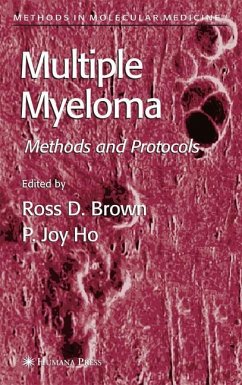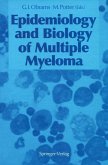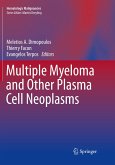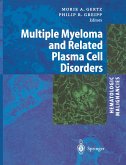A comprehensive collection of classic and innovative methodologies used in many laboratories for the investigation of multiple myeloma. These readily reproducible techniques range from the standard Plasma Cell Labeling Index methodology to a final chapter on making sense of microarrays, and include the full spectrum of cytogenetic and molecular diagnostic methods. The protocols follow the successful Methods in Molecular Medicine(TM) series format, each offering step-by-step laboratory instructions, an introduction outlining the principle behind the technique, lists of the necessary equipment and reagents, and tips on troubleshooting and avoiding known pitfalls. These proven techniques are ideal for studying the pathogenesis of multiple myeloma and identifying new therapeutic targets.
From the reviews: "...extremely informative...a great reference for researchers or students with an interest in the etiology and treatment of Multiple Myeloma." - The Journal of the Association of Genetic Technologists "Audience: Hematologists, oncologists, and other clinicians ... as well as biomedical researchers in the field of hematology and immunology. ... The book is divided into 23 chapters, including schematic diagrams, figures, color plates, and tables, as well as an index of important terms at the end. ... covers clinical as well as experimental aspects of multiple myeloma and provides an important set of information for clinicians and researchers, in different fields of biomedicine, including hematology, oncology, molecular diagnostic, clinical immunology, osteoimmunology, molecular-biology, genetics, and bioinformatics." (Danka Grcevic, Croatian Medical Journal, Vol. 48, October, 2007)








